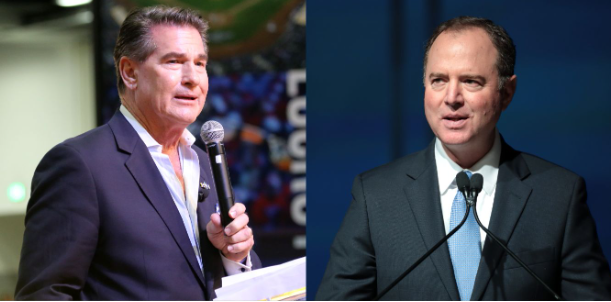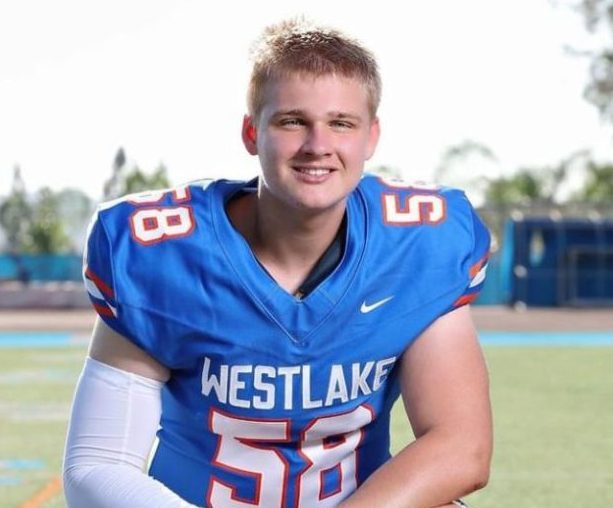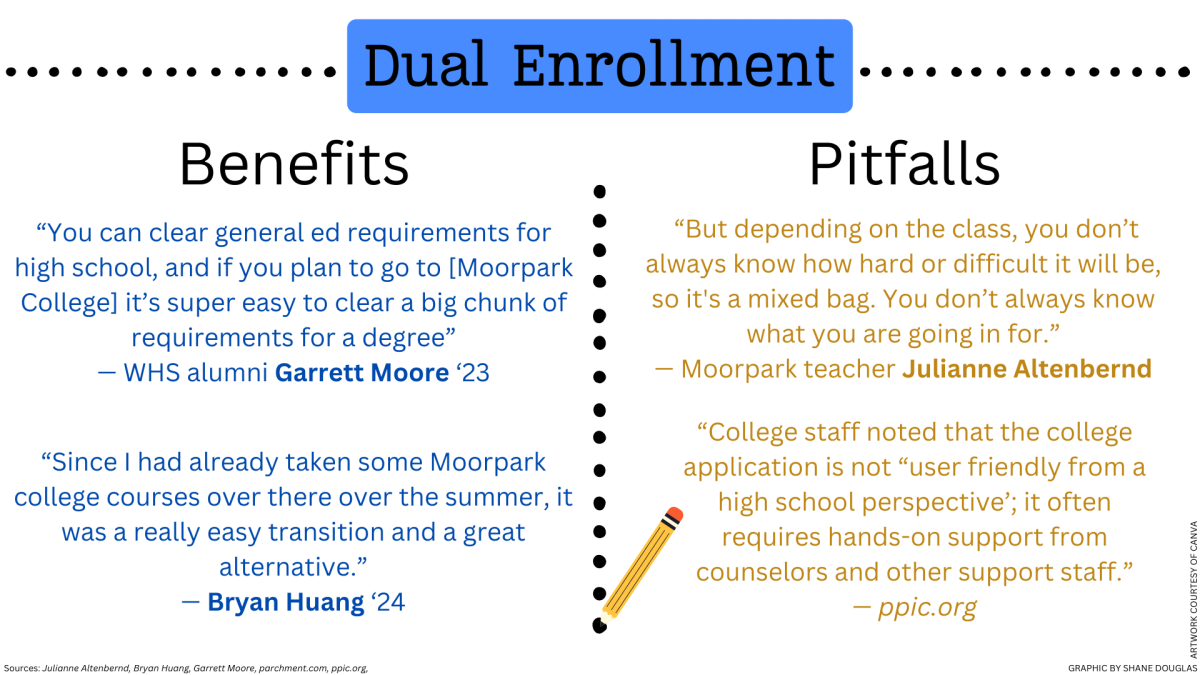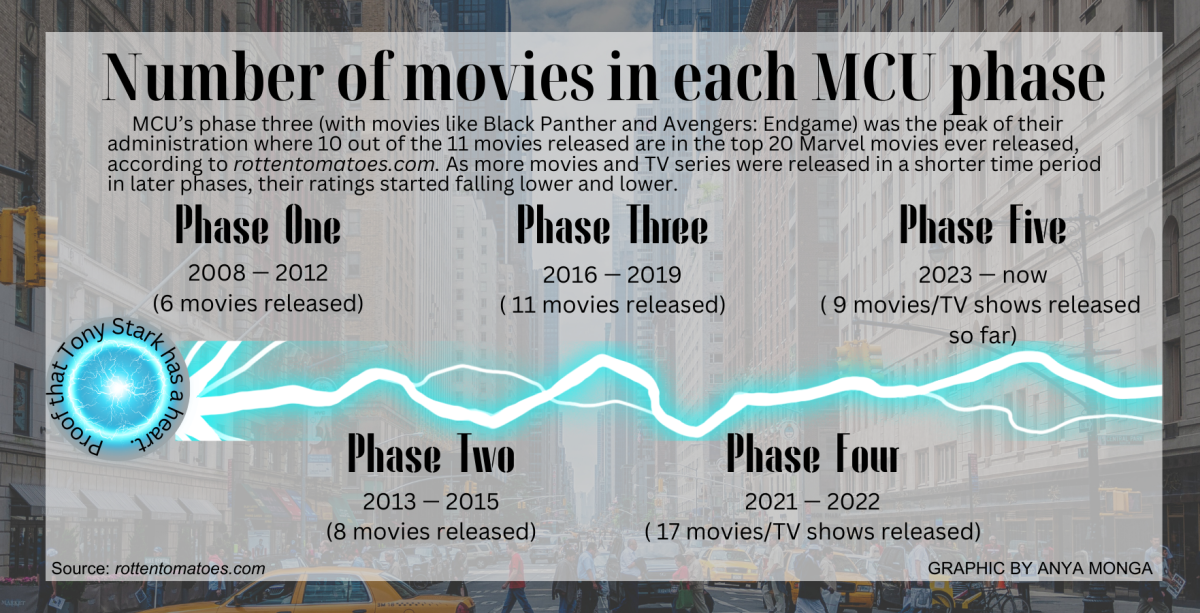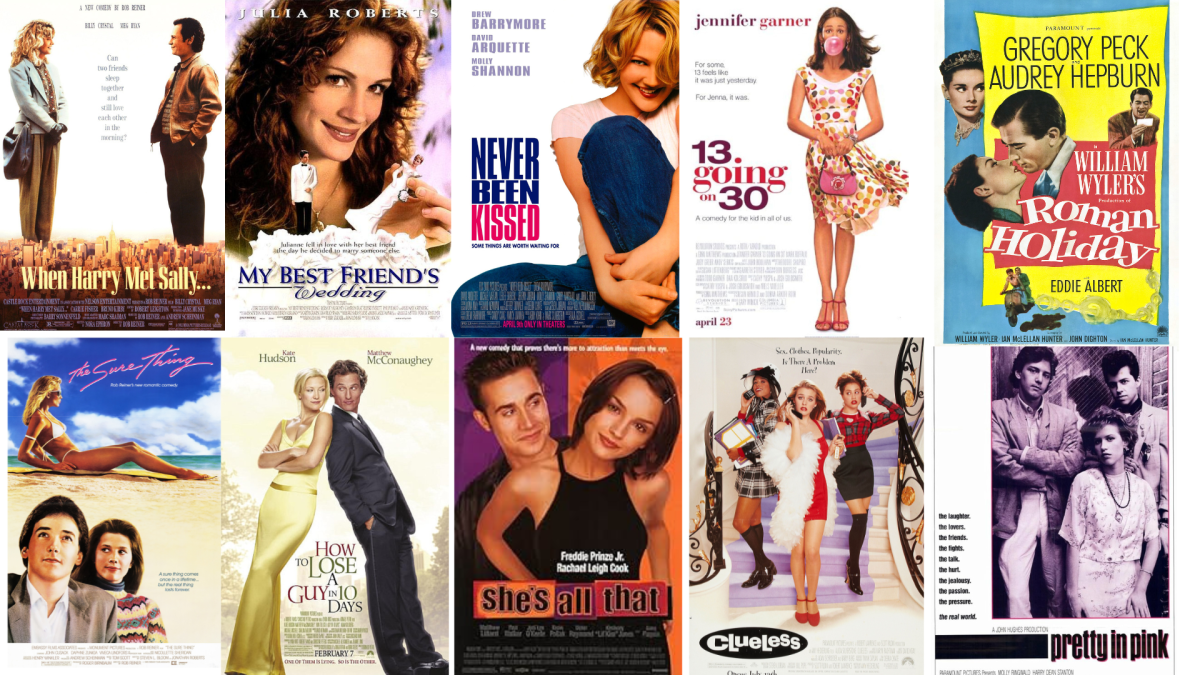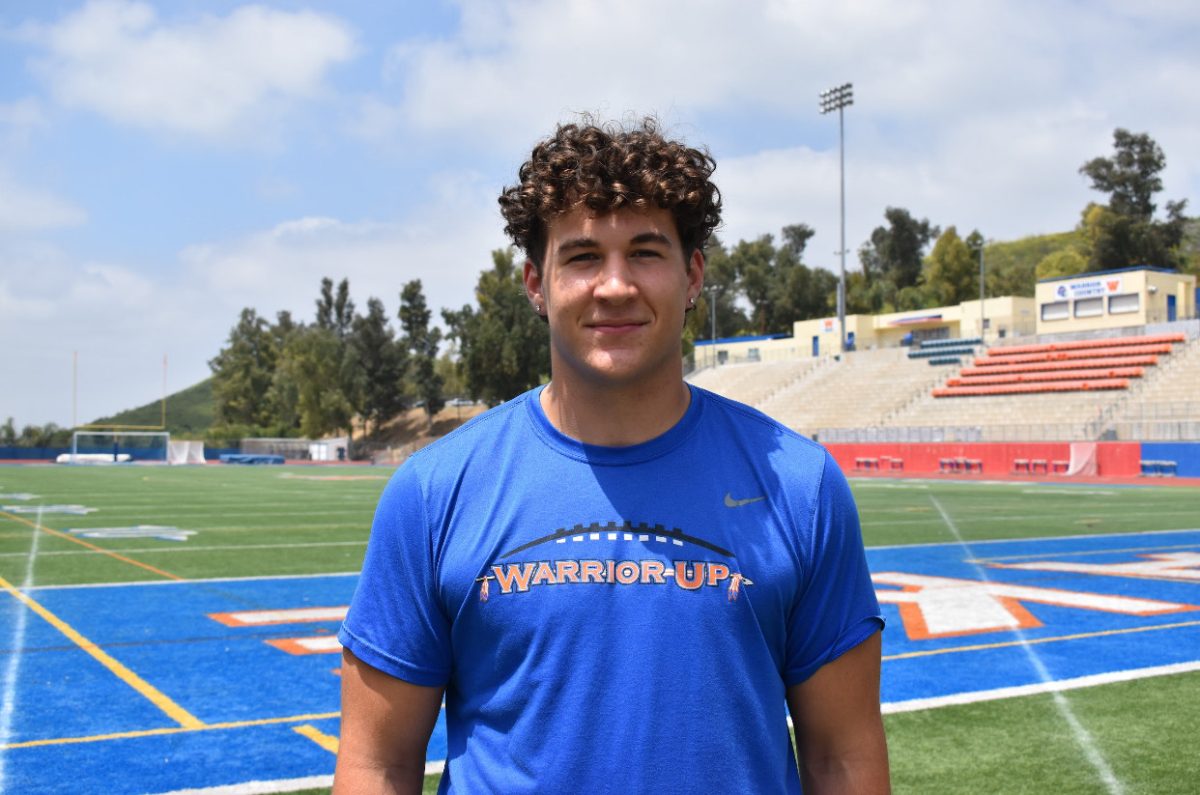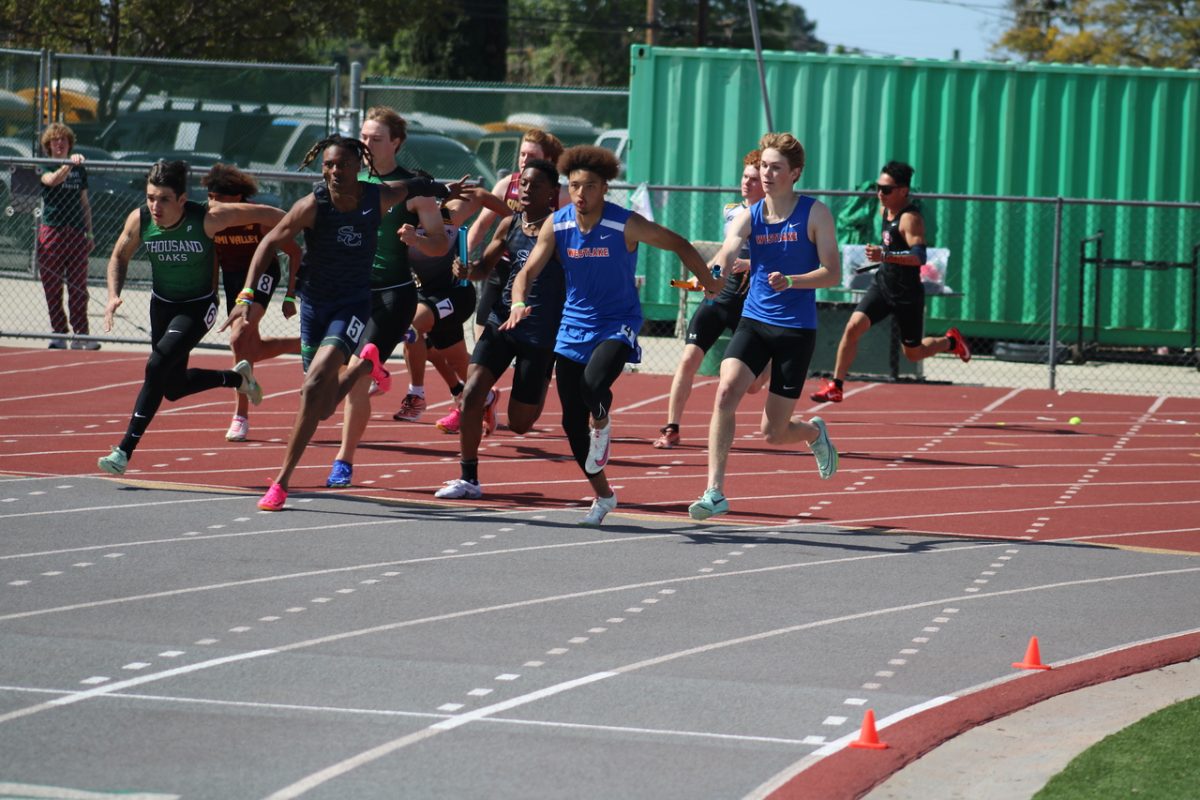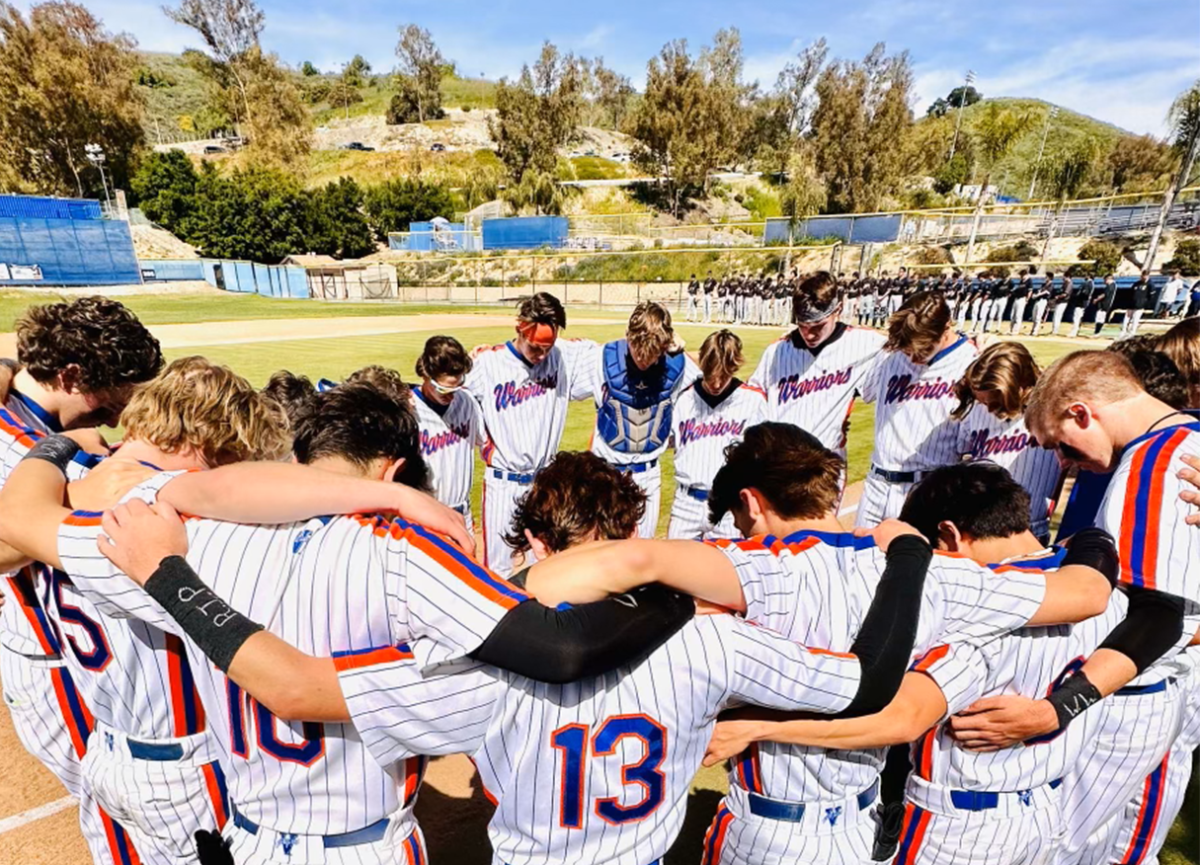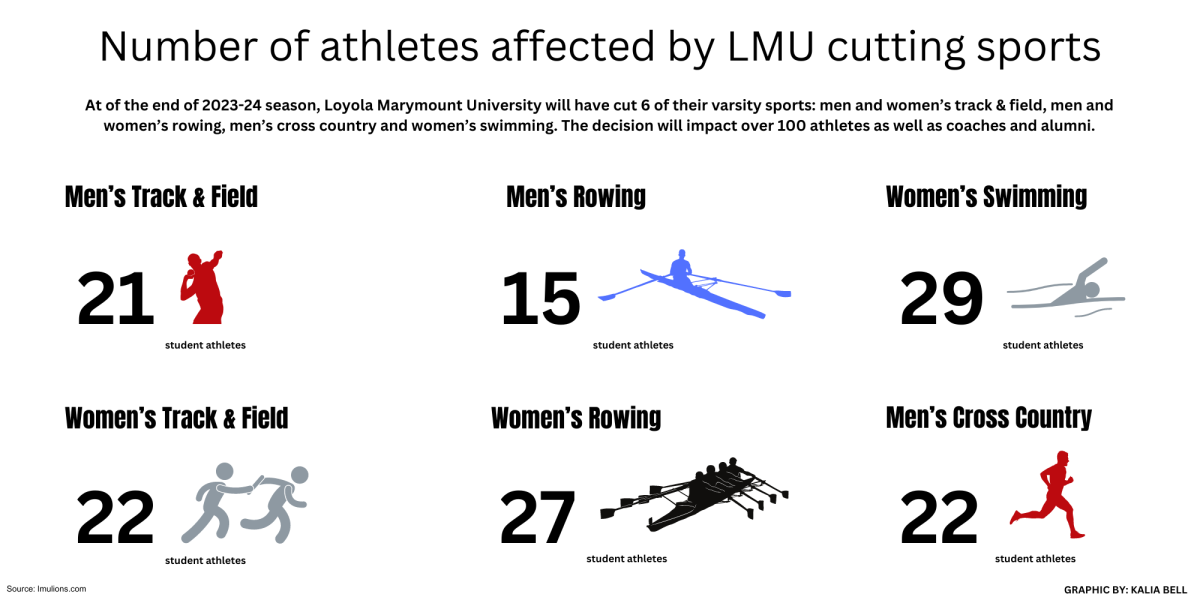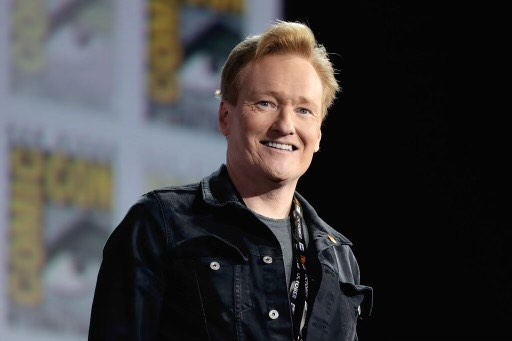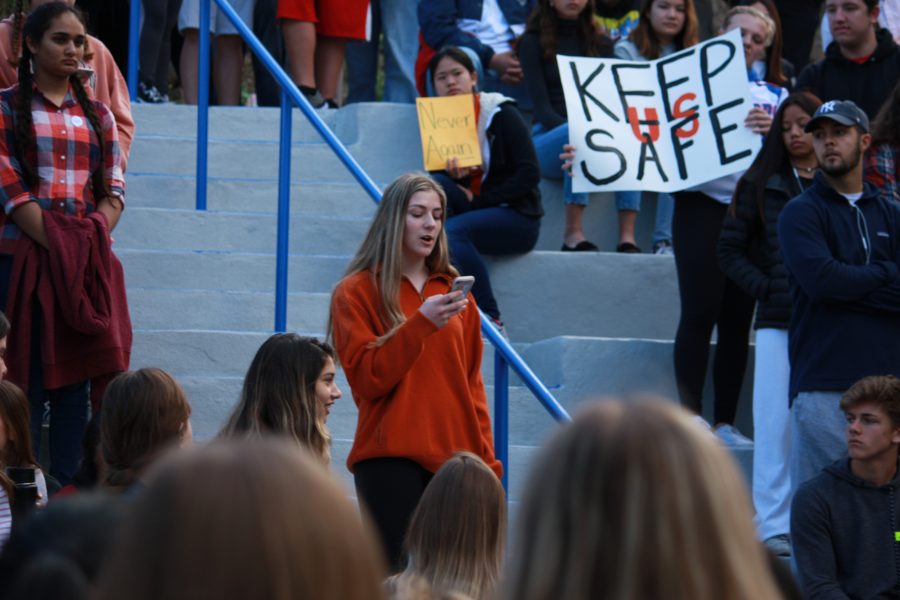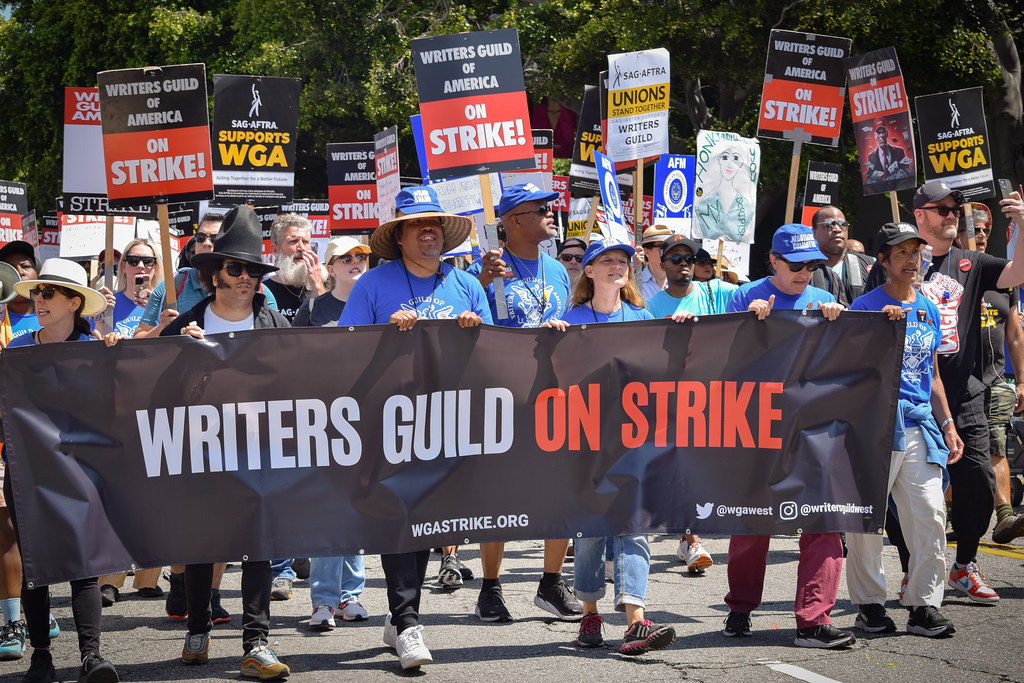This story is an extended version of the one printed on the center spread of our March issue.
Also by Kay Lim ’18
On Feb. 14, 19 year-old Nikolas Cruz opened fire on Marjory Stoneman Douglas High School in Parkland, Florida. Using an AR-15 style semi-automatic rifle, he killed 17 people and injured 14 more in the United States’s third-deadliest school shooting in history.
This shooting is one of the 14 school shootings that have happened so far in 2018, according to CNN; their definition of a school shooting is “a shooting that involved at least one person being shot (not including the shooter)” on school grounds, including “gang violence, fights and domestic violence” as well as “accidental discharge of a firearm.”
The Parkland shooting sparked a nationwide debate led by MSD students–turned–activists over how the government needs to handle tragedies such as these. In addition to the call of many students for a bipartisan movement, many Republicans and Democrats hold different platforms in regards to the issue. There are several proposals currently in discussion to solve the public safety issue, some with bipartisan support and others with the majority of support from one side.
Background Checks
One point highly discussed over the past weeks is the possibility of implementing stronger background checks. Currently, background checks for purchasing a gun, which were introduced in the Brady Handgun Violence Prevention Act of 1993 in the form of the National Instant Criminal Background Check System, scan for “certain indicators of past violence, misconduct and mental health issues— but not all,” according to CNN.
“It’s up to local police, sheriff’s offices, the military, federal and state courts, Indian tribes and in some places, hospitals and treatment providers, to send criminal or mental health records to the National Instant Criminal Background Check System, or NICS, but some don’t always do so, or they may not send them in a timely fashion,” said ABC News.
A bill sponsored by Senators John Cornyn and Chris Murphy, known as the Fix NICS Act of 2017, provides incentives for states that upload conviction records into NICS to implement a more regular upload of records, a process that was made optional in the Printz v. United States Supreme Court decision of 1997.
There has also been much debate over the so-called “gun show loophole.” Most states allow individuals to purchase a firearm from private individuals without a background check; these states only require background checks for licensed dealers, which oftentimes do not include sellers at gun shows, online sales or individuals selling their guns. According to a Pew Research study from 2017, high percentages of both Republicans (seventy-seven percent) and Democrats (ninety percent) support background checks for people purchasing weapons at gun shows or in other private sales.
The Manchin-Toomey Bill, which was defeated in 2013, is now in the process of being reworked. This bill introduces background checks for transactions that happen at gun shows or online, but it does not require background checks for private transactions between family, friends and neighbors.
Mental Health Debate
Other people believe that the culprit behind mass shootings in America is the mental health system, an argument that often ties into the need for stronger background checks.
“Two things typically happen in the wake of a mass shooting,” said John T. Monahan, a psychology and law professor at the University of Virginia, to the New York Times. “First, politicians claim that mental illness is the major cause of violence in America. Then, advocates for people with mental illness respond by denying there is any relationship whatsoever between mental illness and violence. Both groups are wrong. Research shows that the association between mental illness and violence is not strong, but it does exist.”
In response to the Parkland shooting, President Trump has stressed how he believes that “the whole mental situation is very big.” He has made several comments about the mental health of Cruz, explaining in a tweet how there were “so many signs that the Florida shooter was mentally disturbed, even expelled from school for bad and erratic behavior” and that people “must always report such instances to authorities.”
However, in February 2017, Trump signed a bill that took away legislation passed during Barack Obama’s presidency that had slightly expanded the background check system. The legislation added names of people receiving Social Security checks for mental illness or those who were unable to handle their financial affairs to the NICS system.
Many others have also argued that mental health needs to be the main focus of gun reform, stating that guns don’t kill, the people using the guns do.
However, a report by James L. Knoll and George D. Annas from the American Psychiatric Association, details that “mass shootings by people with serious mental illness represent less than one percent of all yearly gun–related homicides” and that “the overall contribution of people with serious mental illness to violent crimes is only about three percent.”
“Laws intended to reduce gun violence that focus on a population representing
less than three percent of all gun violence will be extremely low yield, ineffective and wasteful of scarce resources,” said Knoll and Annas. “Perpetrators of mass shootings are unlikely to have a history of involuntary psychiatric hospitalization. Thus, databases intended to restrict access to guns and established by guns laws that broadly target people with mental illness will not capture this group of individuals.”
Banning Certain Gun Types
Another proposal discussed over recent weeks is banning assault weapons.
The Semiautomatic Assault Weapon Violence Prevention Act of 1993, which made it illegal to “transfer or possess a semiautomatic assault weapon,” according to the law’s text, expired in 2004. Although crime rates did fall during the ban, a federal study funded by the Department of the Treasury concluded that “the ban’s effects on gun violence are likely to be small at best and perhaps too small for reliable measurement.” They decided that the decline could have been from other factors.
According to the New York Times, assault weapons “only figured in about two percent of gun crimes nationwide before the ban.”
“The use of [assault] weapons may be rare over all, but they’re used frequently in the gun violence that gets the most media coverage, mass shootings,” continued the article. “The criminologist James Alan Fox at Northeastern University estimates that there have been an average of 100 victims killed each year in mass shootings over the past three decades. That’s less than one percent of gun homicide victims.”
Although the assault weapons ban did not significantly change the amount of crime, it did decrease the number of deaths in mass shootings. Louis Klarevas, a gun expert who researched 50 years worth of shooting data to analyze the effect of the assault weapons ban, found that “the number of gun massacres during the ban period fell by thirty-seven percent, and the number of people dying from gun massacres fell by forty-three percent. But after the ban lapsed in 2004, the numbers shot up again — an astonishing 183 percent increase in massacres and a 239 percent increase in massacre deaths,” according to the Washington Post.
Though perception of the law’s success is mixed, some people are arguing to create another ban in response to the recent shooting. Senator Dianne Feinstein introduced legislation in November 2017 that “amends the federal criminal code to make it a crime to knowingly import, sell, manufacture, transfer or possess a semiautomatic assault weapon.”
Additionally, Trump has signalled his support for banning bump stocks, which can essentially give a semi-automatic weapon the capabilities of a fully automatic weapon. At the a meeting discussing school safety, he also said that his lawyers are currently working on an executive order to ban bump stocks.
Age limit on gun purchase
Another idea that has been proposed is the possibility of raising the purchase age of rifles and shotguns to 21. According to federal law, licensed dealers cannot sell a handgun to a purchaser under the age of 21 and a rifle or shotgun to a purchaser under 18; however, unlicensed sellers can sell a handgun to anyone over the age of 18 and a rifle or shotgun to a person of any age.
Many people express concerns because they do not want to take away the Second Amendment rights of 18, 19 and 20–year–old law–abiding citizens. Some companies, including Dick’s Sporting Goods and Walmart, recently made the decision to raise the age to purchase a gun in their stores to 21 even without federal action.
In response to activism by Parkland students, parents and citizens, the Florida state senate passed a bill, called the Marjory Stoneman Douglas High School Public Safety Act, to meet some of the requests of its citizens. The bill raises the age to purchase firearms from 18 to 21, bans bump stocks, requires a three day waiting period to purchase a gun, gives law enforcement more power to seize weapons from potential threats and increases funding for school mental health services and armed school resource officers. Additionally, it provides an outline for the armament of teachers, providing $87 million to establish school safety programs from the $400 million total budget of the bill.
Armament of Teachers
Arming teachers is yet another proposal that has been discussed lately, albeit a controversial one. President Trump has suggested arming qualified teachers and offering small, one–time bonuses for the added responsibility.
“If you had a teacher who was adept with the firearm, they could end the attack very quickly,” said Trump during a listening session with students and parents affected by school shootings. “This would be obviously only for people who were very adept at handling a gun … They’d go for special training and they would be there and you would no longer have a gun-free zone.”
Some schools have already introduced this measure with success. For instance, some public school systems in Texas have select teachers who go through training so they can have access to a firearm at school. Lawmakers and advocates there have said that the program has “eased fears of armed intruders and have not led to any firearm accidents or mishaps,” according to the The New York Times.
On the other hand, many teachers have responded to the proposal with concerns. Teachers expressed these concerns with the Twitter hashtag #ArmMeWith, listing supplies such as books and computers that they would prefer be funded instead of guns.
“Teachers already shoulder a huge burden when it comes to educating properly, due to lack of funding, support and resources and making sure their students are taken care of emotionally,” said English teacher Brittany Wheaton in a CNN interview. “Asking us to now carry the burden of having the responsibility to kill is irreparably damaging, even if we never have to discharge our weapon.”
CDC and NRA involvement
The Dickey Amendment, passed by Congress in 1996 as part of an omnibus spending bill, makes it so that “none of the funds made available for injury prevention and control at the Centers for Disease Control and Prevention may be used to advocate or promote gun control.” Though this is not an outright ban on federally-funded gun violence research, it has discouraged many public health researchers from conducting research on this topic. It has been renewed every year since.
Senator Ed Markley wants to include $10 million every year for six years for firearms research by the CDC. Several other senators, including Republicans who opposed the idea in the past, as well as Health and Human Services Secretary Alex Azar have expressed their support for restarting CDC research on gun violence.
The NRA spends about three million dollars on lobbying as of 2016, which caused another divide whether the NRA holds too much control on the influence of gun policies or whether the NRA has the right amount of influence. Pew concluded that among all adults, non-gun and gun owners, forty-four percent said there is too much, forty percent said there is the right amount and 15 percent said there is too little.
The MSD students, leading a movement called Never Again, are striving to tackle gun issues from a bipartisan point of view; they say that although the Democrats and the Republicans might disagree on what needs to be done regarding gun control, they need to agree that something needs to be done.
“At the end of the day, this isn’t a red and blue thing, this isn’t Democrats [and] Republicans, this is about everybody and how we are begging for our lives,” said Cameron Kasky, a MSD student, to Face the Nation. “We need to make real change here, and that’s exactly what we’re going to do.”
